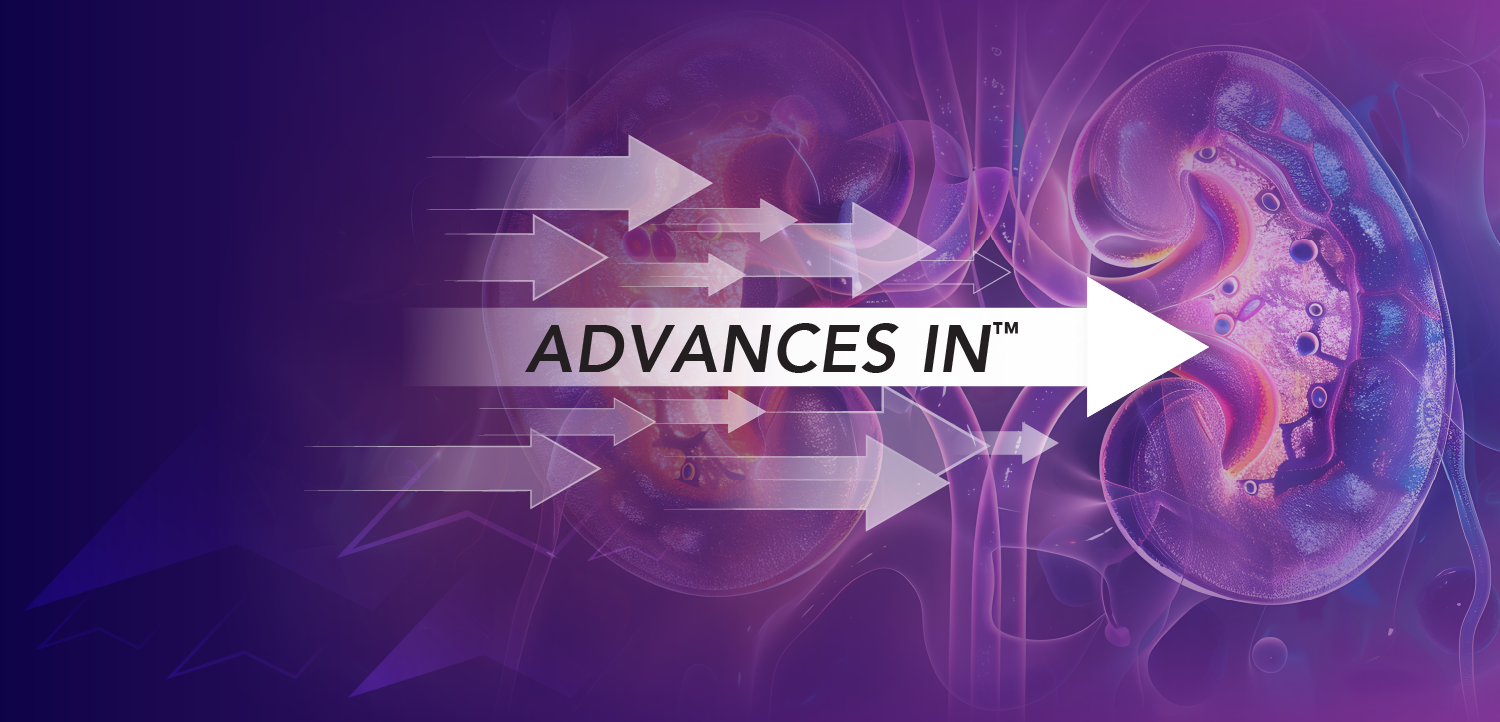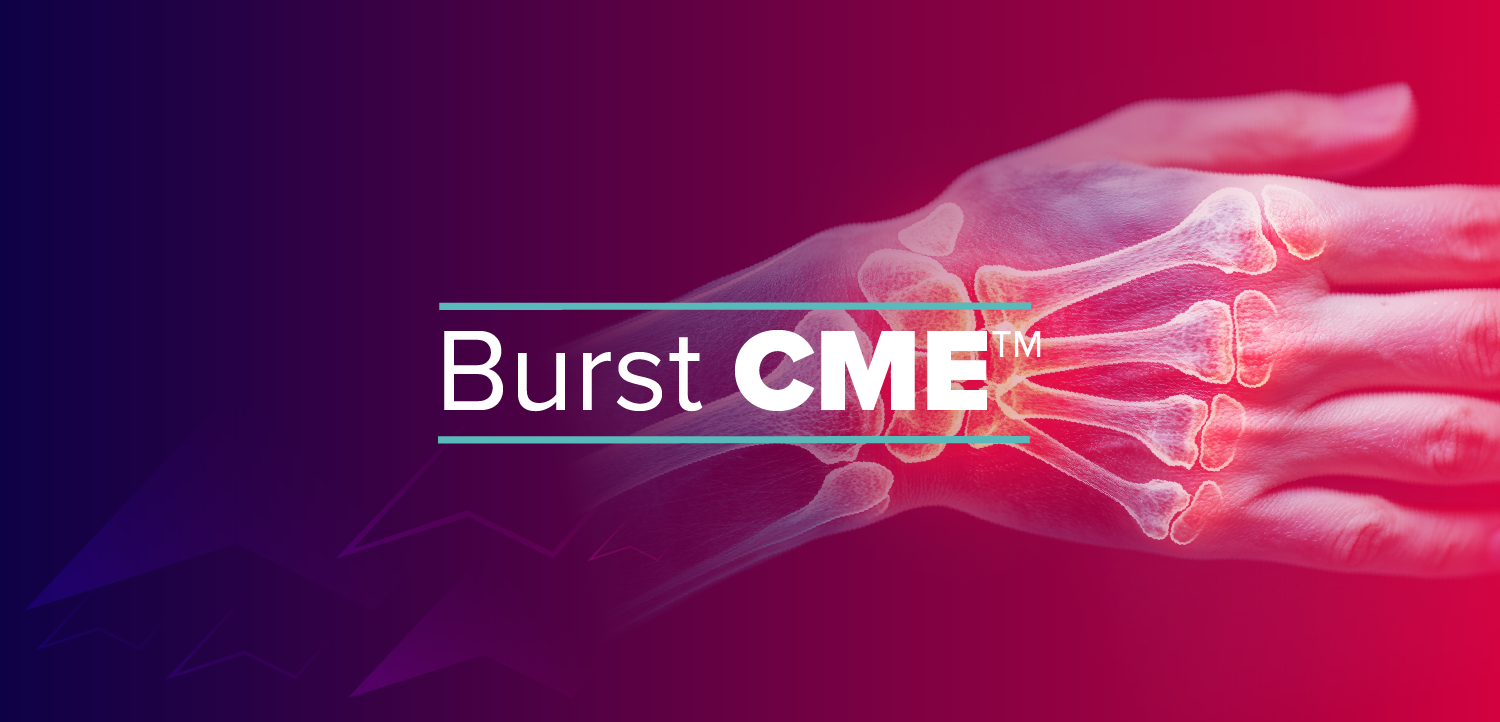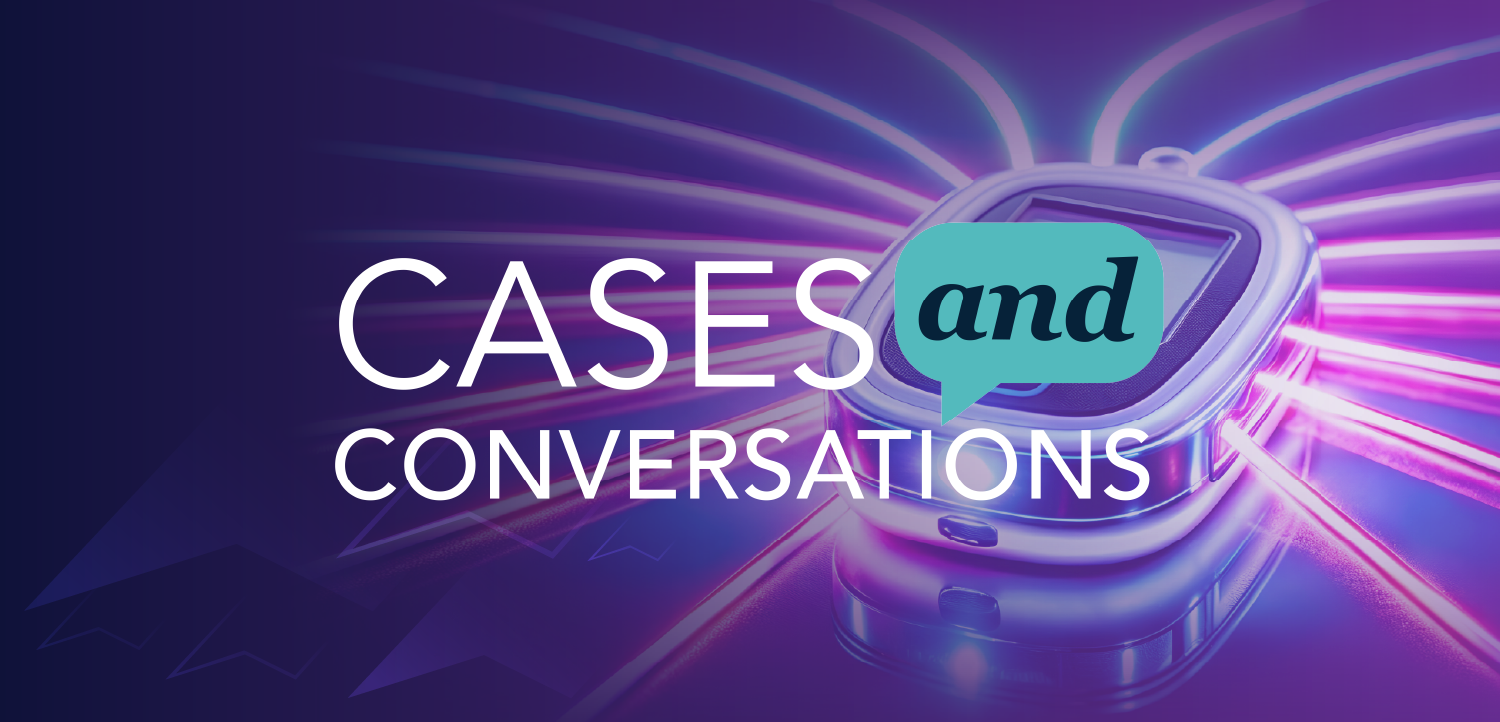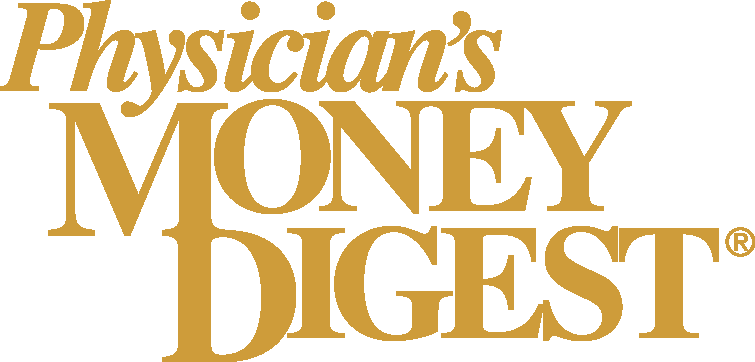
Trends Fueling Telehealth Adoption
While barriers to telehealth adoption remain, there are changes occurring that are giving telehealth adoption a significant boost.
As technology continues to touch all aspects of people’s lives, telehealth adoption is expected to take off.
The telemedicine market, just one aspect of telehealth as a whole, is expected to grow to
However, there are still barriers preventing the adoption of telehealth services, such as government regulations, standards of care requirements, and the complexity of state licensing requirements,
"The only thing holding back telehealth right now is outdated rules and regulations," Daniel Castro, senior policy analyst with ITIF, said in a statement. "Given the high cost of care and lack of access to doctors in many parts of the country, it's imperative that policymakers clear the remaining roadblocks to widespread adoption.”
All the former and current barriers are slowly becoming less of a concern, though. According to Cisco, here are 5 trends increasing telehealth adoption.
Pervasive video
Patients no longer have to even leave their homes in order to have consults from their mobile phone, tablet, laptop, etc. Plus, the cost of these programs has come down, lately, making them more affordable than ever.
Policy changes and legislation for reimbursement
Previously, reimbursement for telehealth services was a huge issue, one that prevented many providers from even adopting telehealth technology. However, there is change in the air.
“States have been catching up recently on its policies to support telemedicine,” Rajesh Vargheese wrote for Cisco. “About 40 states allow Medicaid to pay for telemedicine visits and about 20 states have required private payers in the state to pay for telemedicine.”
Evolution of medical devices
Since medical devices are no longer costly or complex, adoption has increased. These devices are more consumer-focused, which improves the user experience and expands the range of potential users. Plus, with all devices having the potential to be connected, sensors are increasing in popularity and can be used to track vital signs and other activities.
Mobility revolution
Providers are also able to provide better and faster care now. According to Cisco, initially telehealth mobility referred to mobile carts. Now, we’re looking at smartphones and tablets, both of which increase patient engagement.
Consumerization of patients
Patients are increasingly being viewed at consumers as they have come to expect the same service in healthcare as they do in banking and retail. The industry is looking to provide more consumer-focused services, and, according to Cisco, mobile apps is a necessity.
“While there might not be a payment model for some of these services, the absence of such services results in consumers moving away from current providers to competitors,” Vargheese wrote. “Patients have been demanding choice and increased experience and convenience and are critical to maintaining patient base.”
Newsletter
Stay informed and empowered with Medical Economics enewsletter, delivering expert insights, financial strategies, practice management tips and technology trends — tailored for today’s physicians.



















